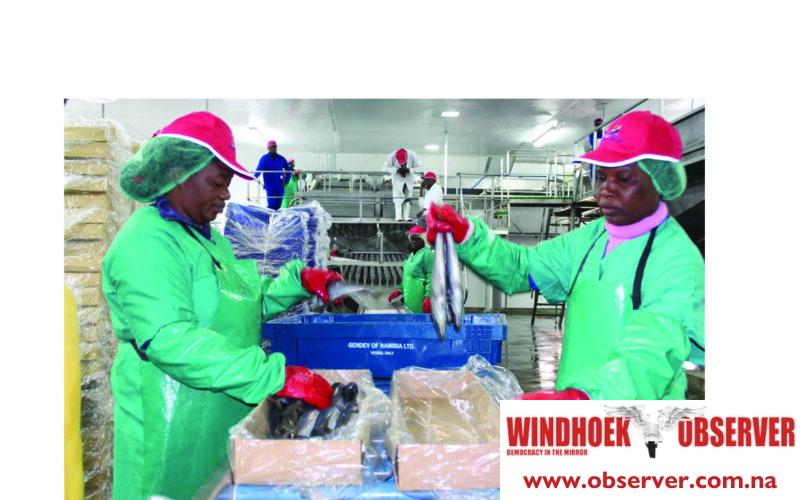Chamwe Kaira
Namibia has been ranked 17th in RMB’s 2025/26 Where To Invest In Africa report. The report describes the country’s economy as “stuck in neutral”, citing low investment levels, a persistent current account deficit, and slow productivity growth.
RMB said Namibia’s economic path toward prosperity may depend on the development of its recent offshore oil and gas discoveries. The government believes these discoveries could lift growth to 8% within a decade.
The report notes that Namibia remains one of the world’s most unequal countries, alongside South Africa. It recorded strong scores for economic stability, investment climate, market accessibility, and innovation but weak results in export growth and capital formation.
RMB said countries in the “stuck in neutral” quadrant face both low investment and external deficits, meaning they import more than they export and lack the momentum for sustained expansion.
These economies, it said, are more exposed to external shocks and struggle to boost productivity without stronger export performance.
The report stated that Namibia must revive exports and raise domestic productivity at the same time.
It urged policymakers to strengthen institutions, implement reforms, and establish a clear national investment vision to attract capital inflows.
RMB said Namibia’s current growth reflects a recovery in mining, construction, and energy, but limited diversification. The economy is stabilising after the pandemic and commodity shocks, but productivity growth remains weak.
Inflation remains between 5% and 6%, in line with the Bank of Namibia’s target. RMB attributed this to sound monetary policy under the Namibian dollar’s peg to the South African rand.
The peg supports investor confidence but reduces flexibility in responding to external shocks.
Namibia continues to record a current account deficit averaging 6% of gross domestic product (GDP), showing that imports still exceed exports.
The country relies heavily on imported goods and equipment for construction and energy, while export earnings come mainly from mining and fishing.
Investment levels remain at about 18–20% of GDP, lower than regional peers like Botswana and Zambia.
RMB said this reflects low domestic investment in productive sectors and infrastructure. Without increased capital spending, the country risks continued job shortages and weak productivity.
Unemployment remains above 30%, with youth unemployment exceeding 40%.
RMB chief economist Isaah Mhlanga said Africa’s investment landscape is shifting amid political changes and global capital realignments.
“Over the past year, Africa’s investment landscape has been shaped by significant political and policy developments. Elections across multiple countries, episodes of unrest and policy uncertainty, and the global fracturing and reorientation have all had measurable macroeconomic effects,” he said.
“Changes in the political and the subsequent policy environment and declining foreign aid, coupled with the redirection of global capital flows, are reshaping how African economies engage with the world, moving from dependence toward resilience and self-determination.”
The top five countries in the 2025/26 ranking remain unchanged. Seychelles and Mauritius hold the first and second spots, followed by Egypt, South Africa, and Morocco.
Nigeria, Mozambique, Côte d’Ivoire, Zambia, and Senegal saw the biggest movements in the rankings compared to last year.
Caption
The fishing industry is a major player in the Namibian economy. There is growing optimism that oil and gas can further grow the economy.
- Photo: Contributed




